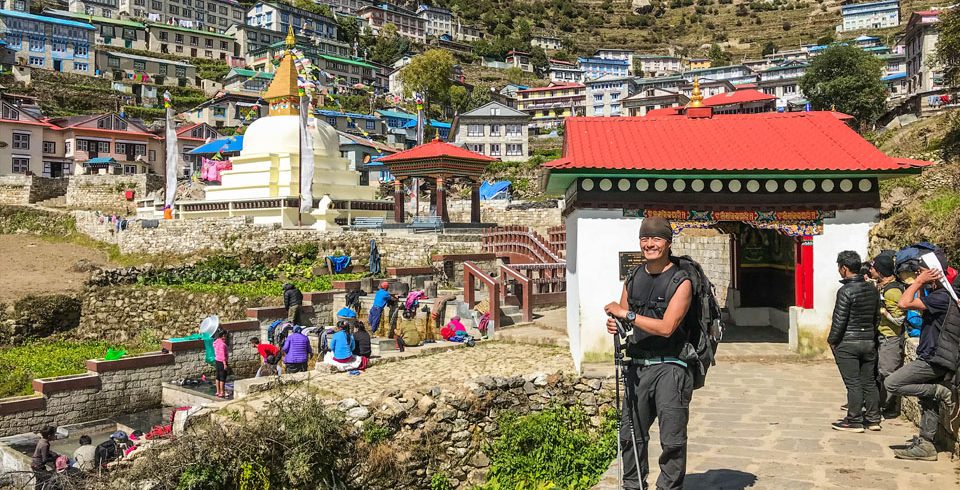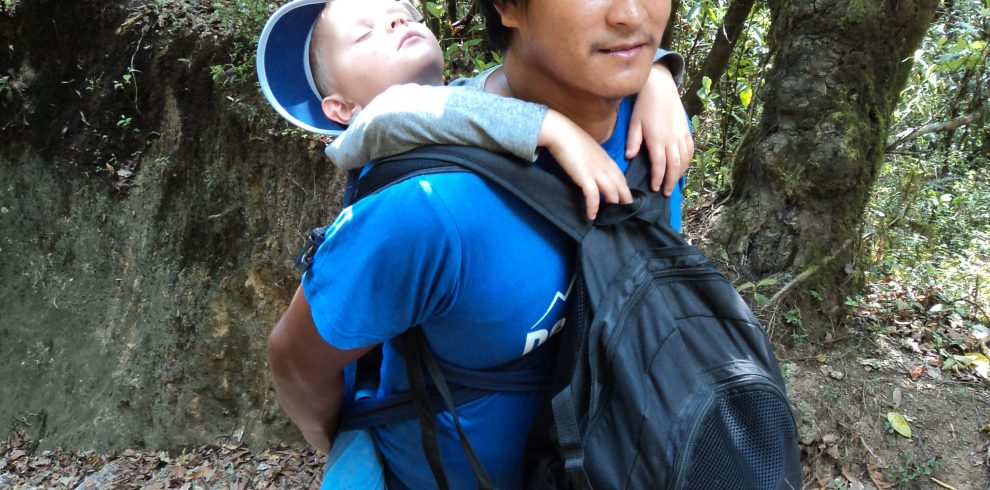Bhairav kunda is a newly opened trekking destination known for exploring a high altitude (4,240m) lake named ‘Bhairav Kunda’ in Sindhupalchok district. It is located in one of the most attractive areas closely to Kathmandu near the Tibetan border. This region is visited by thousands of pilgrims every year in the hindu month of ‘Bhadra’ (August) during the full moon. This trek will take you to the most preserved holy pilgrimage sites with pristine lakes and incredible landscapes.
The word Bhairav is derived from the world’s oldest language ‘Sanskrit’ which means the ‘destructive’ form of Lord Shiva in Hinduism. Besides the divine journey, this trek Offers Mountain views of Rolwaling range, Dorje Lakpa (6,966m), Madiya (6,257m), Phurbi Ghhyachu (6,637m), Jugal Himal and the magnificent Tibetan Himalayan range. You can also observe close-up views of different Tibetan plateaus and Glaciers. Likewise, you will discover the lifestyles of drifting nomads simply unchanged by time.
Bhairav Kunda trek starts with a sightseeing tour in Kathmandu & then you will be driven to Jalbire from where you will start your trekking journey. The trails lead through beautiful peaks with breathtaking views, green forests and various ethnic villages. You hike up to forest camp and admire the views of peaceful Bhairav Kunda Lake along with other Mountains in Langtang region near the Tibetan border. While trekking, you will get opportunities to be closer with the ethnic folks and study their cultures and traditions. In this region teahouse lodges are not available because of less visiting trekkers so we can only camp on this trek. According to your timeframe, we have a great ‘Glorious Himalaya’ crew always dedicated to guiding you safely throughout the year. Bhairav Kunda trekking is possible throughout the year but it is better to avoid this trek in the monsoon as the trails become slippery and will be risky. The suitable time for this trekking is spring and autumn.
Overview
Bhairav kunda is a newly opened trekking destination known for exploring a high altitude (4,240m) lake named ‘Bhairav Kunda’ in Sindhupalchok district. It is located in one of the most attractive areas closely to Kathmandu near the Tibetan border. This region is visited by thousands of pilgrims every year in the hindu month of ‘Bhadra’ (August) during the full moon. This trek will take you to the most preserved holy pilgrimage sites with pristine lakes and incredible landscapes.
The word Bhairav is derived from the world’s oldest language ‘Sanskrit’ which means the ‘destructive’ form of Lord Shiva in Hinduism. Besides the divine journey, this trek Offers Mountain views of Rolwaling range, Dorje Lakpa (6,966m), Madiya (6,257m), Phurbi Ghhyachu (6,637m), Jugal Himal and the magnificent Tibetan Himalayan range. You can also observe close-up views of different Tibetan plateaus and Glaciers. Likewise, you will discover the lifestyles of drifting nomads simply unchanged by time.
Bhairav Kunda trek starts with a sightseeing tour in Kathmandu & then you will be driven to Jalbire from where you will start your trekking journey. The trails lead through beautiful peaks with breathtaking views, green forests and various ethnic villages. You hike up to forest camp and admire the views of peaceful Bhairav Kunda Lake along with other Mountains in Langtang region near the Tibetan border. While trekking, you will get opportunities to be closer with the ethnic folks and study their cultures and traditions. In this region teahouse lodges are not available because of less visiting trekkers so we can only camp on this trek. According to your timeframe, we have a great ‘Glorious Himalaya’ crew always dedicated to guiding you safely throughout the year. Bhairav Kunda trekking is possible throughout the year but it is better to avoid this trek in the monsoon as the trails become slippery and will be risky. The suitable time for this trekking is spring and autumn.
Outline Itinerary
| Day | Program | Elevation |
|---|---|---|
| 1 | Arrival to TIA airport. Pick up from there then check in to hotel in Kathmandu Upon arrival in Kathmandu. | 1360m |
| 2 | Drive to Jalbire – 5 Hrs Drive by bus | 1000m |
| 3 | Trek from Jalbire to Chanauei – 4/5 Hrs Trek | 1345m |
| 4 | Trek from Chanaute to Khani Gaun – 5/6 Hrs Trek | 2010m |
| 5 | Khani village exploration day | |
| 6 | Trek from Khani Gaun to Forest Camp – 6/7 Hrs Trek | 3150m |
| 7 | Trek from Forest Camp to Pati – 5/6 Hrs Trek | 3765m |
| 8 |
Trek from Pati to Bhairav Kunda – 3/4 Hrs Trek
|
4250m |
| 9 | Trek from Bhairav Kunda to Sherpa gaun, After Sunrise view 6/7 Hrs Trek | 2500m |
| 10 | Trek from Sherpa Gaun to Larcha and visit Hot spring (Kodari Tato pani) – 4/5 Hrs Trek | 1500m |
| 11 | Drive Back to Kathmandu | 1360m |
| 12 |
Departure Day
|





